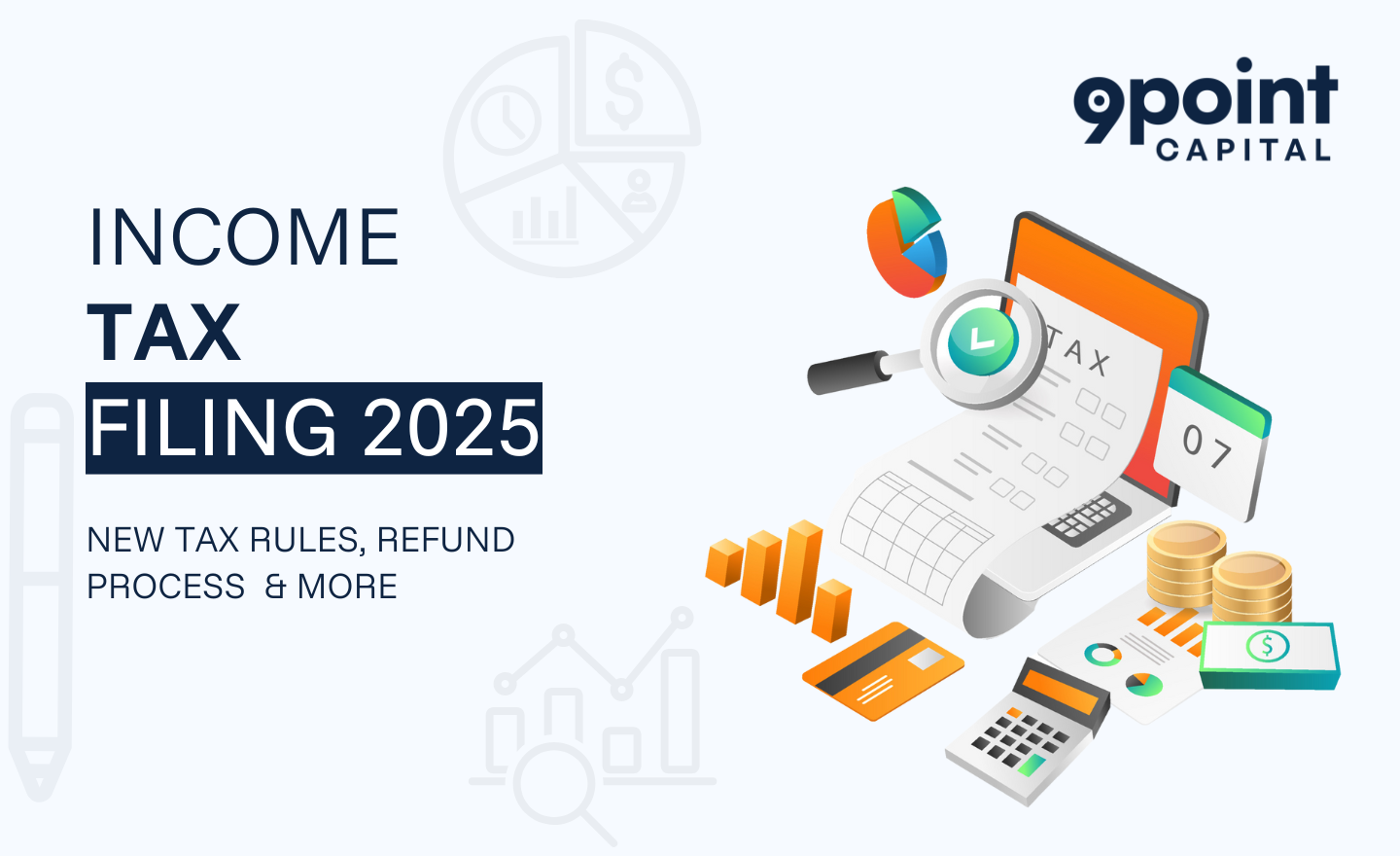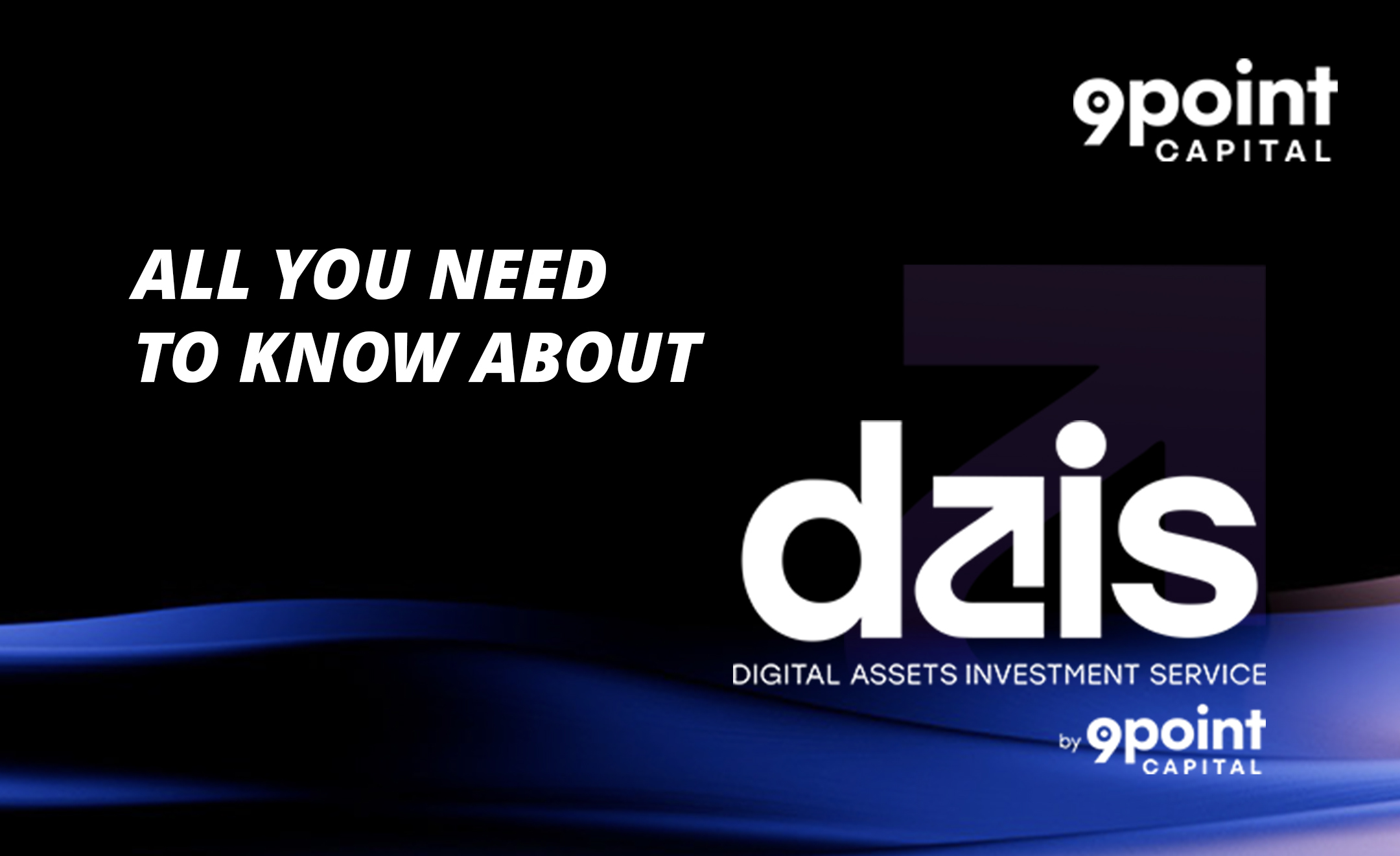This comprehensive guide covers everything you need to know about Income Tax Filing 2025, including new tax rules, the latest updates in income tax e-filing and how to ensure a smooth income tax return verification.
What’s New in Income Tax Filing 2025?
As we step into Assessment Year 2025-26, several updates aim to simplify and incentivise the filing process. These updates are especially relevant for individuals, salaried employees and small businesses.
Key changes include:
Revised Tax Slabs under the New Regime: The new tax regime is now the default for all taxpayers unless you specifically opt for the old one. It offers lower tax rates but does not allow most exemptions or deductions. Here’s a quick overview of the slabs under the new regime:
- Income up to ₹3,00,000: Nil
- ₹3,00,001 – ₹6,00,000: 5%
- ₹6,00,001 – ₹9,00,000: 10%
- ₹9,00,001 – ₹12,00,000: 15%
- ₹12,00,001 – ₹15,00,000: 20%
- Above ₹15,00,000: 30%
Under this regime, a rebate under Section 87A is available for taxable income up to ₹7,00,000, effectively resulting in zero tax liability for many.
Old vs. New Regime: Which One to Choose?
Taxpayers can still opt for the old regime if they want to claim exemptions such as HRA, LTA, standard deduction, home loan interest and deductions under Sections like 80C (investments), 80D (health insurance) and more. The old regime is often beneficial for those with multiple investments or deductions, while the new regime favours those looking for a simpler, no-exemptions approach with lower slab rates.
When doing your income tax filing in 2025, it’s crucial to evaluate both regimes using a tax calculator or professional advice before making your choice.
- Standard Deduction Retained:
A standard deduction of ₹50,000 is available under both regimes, offering relief to salaried individuals and pensioners. - Pre-filled ITRs:
The government has enhanced automation in income tax e-filing. Your ITR form now comes pre-filled with data from Form 26AS, AIS (Annual Information Statement) and TIS (Taxpayer Information Summary). - Improved Portal Experience:
The Income Tax portal now offers faster load times, better dashboards and integrated help options.
These changes aim to make Income Tax Filing 2025 more accurate and hassle-free, especially for those opting for digital filing.
How to File ITR in 2025: Step-by-Step Process
Filing your income tax return can seem overwhelming, but the steps are clear once you break it down.
Here’s how to file ITR in 2025:
- Gather Key Documents:
Collect Form 16, interest certificates, capital gains statements and investment proofs. - Log In to the Portal:
Head to (incometax.gov.in), register or log in using your PAN and password. - Select the Right ITR Form:
Choose from ITR-1 to ITR-7 depending on your income sources. - Use Pre-filled Data:
Most fields will already be filled in — just verify and update if needed. - Choose Your Tax Regime:
Old or new — based on your deductions and financial planning. - Compute and Pay Taxes:
The portal auto-calculates dues. If taxes are pending, pay via the e-pay tax service. - Submit and E-Verify:
Filing is not complete until your income tax return verification is done.
If you’re a salaried employee or a small business owner, understanding this flow is crucial for successful income tax filing 2025.
Income Tax Return Verification: The Final & Mandatory Step
One of the most misunderstood parts of income tax filing is that filing the return is not the final step. The IT Department only begins processing your ITR after successful verification.
Here’s how you can verify your return:
- Aadhaar OTP (most popular and fastest)
- Net banking login
- Bank account EVC (Electronic Verification Code)
- Demat account verification
- Digital Signature Certificate (DSC) – required for firms or audit cases
You must complete the income tax return verification within 30 days of filing, or your return will be marked invalid, requiring you to re-file.
Income Tax Filing 2025: Refund Process
If you’ve paid more taxes than required, you’re entitled to a refund after income Tax Filing 2025.
Here’s what to know:
- Processing Time:
Refunds typically take 7–45 days post-verification, depending on the volume and accuracy of your return. - Bank Account Requirements:
Ensure your account is pre-validated on the e-filing portal and linked to your PAN. - Track Refund Status:
Visit the portal or TIN-NSDL to check your refund status in real-time. - Grievance Redressal:
If delayed, you can raise a grievance through the portal, responses are usually prompt.
Being accurate during filing and completing verification early ensures quicker refunds and minimal delays.
Why Income Tax E-Filing is the Smarter Choice in 2025
Gone are the days of paper forms and in-person visits to tax consultants. The government has invested heavily in making income tax e-filing fast, reliable and accessible to all taxpayers.
Benefits of E-filing include:
- Convenience of filing from anywhere
- Auto-filled data saves time and reduces errors
- Faster return processing and refunds
- Safe, encrypted platforms with real-time updates
- Easy access to previous filings and tax records
In fact, more than 90% of taxpayers are expected to use income tax e-filing for their Income Tax Filing 2025.
Final Thoughts
As tax rules become more streamlined and digital tools evolve, Income Tax Filing 2025 is shaping up to be the most efficient filing season yet. With smart integrations, faster refunds and simplified ITR forms, taxpayers have much to benefit from, provided they plan ahead.
Ensure your documents are in place, choose the right tax regime, file on time and most importantly, don’t skip income tax return verification. If you’re unsure, consult a tax advisor or CA to avoid errors and optimise your filing.
The sooner you file, the sooner you can get your refund.













